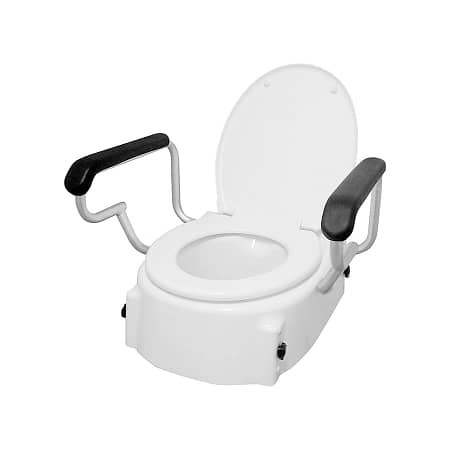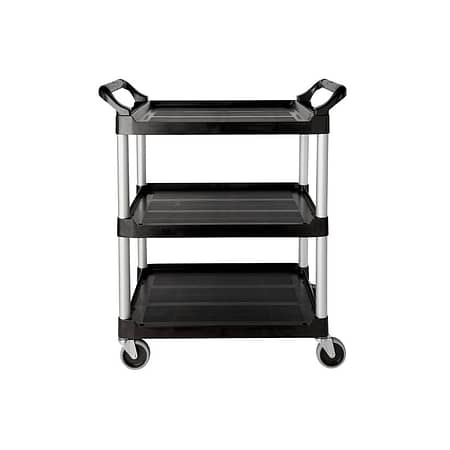What should you look for in a high-quality stethoscope for accurate auscultation?
Choosing the right stethoscope is paramount for healthcare professionals, as accurate auscultation is critical in diagnosing and monitoring patients effectively. A high-quality stethoscope should have excellent acoustic performance, ensuring clear sound transmission from the patient to the practitioner’s ears. Comfort and fit are also crucial, as healthcare providers wear these devices for extended periods. Durability, dictated by the materials used for the tubing and metal components, ensures longevity and reliability. Ultimately, choosing a stethoscope involves balancing budget constraints with the need for quality and functionality, informed by thorough research and consultations with peers and product reviews.
Understanding Stethoscope Fundamentals
The Anatomy of a Stethoscope
A stethoscope’s basic anatomy consists of earpieces for comfort and sound isolation, flexible tubing that transmits sound from the patient to the clinician’s ears, and a chestpiece that captures bodily sounds. The chestpiece typically features a diaphragm for high-frequency sounds and a bell for low-frequency sounds, facilitating a broad range of auscultation tasks.
Types of Stethoscopes
Stethoscopes come in various types to suit different clinical needs. Acoustic stethoscopes are the most common, relying on air-filled tubes to carry sound from the chestpiece to the earpieces. Electronic stethoscopes amplify bodily sounds electronically, offering enhanced sound quality and volume control, which can be particularly useful in noisy environments or for hearing-impaired practitioners. Specialised stethoscopes, such as paediatric and cardiology models, are designed with specific patient groups in mind; paediatric stethoscopes have smaller chestpieces suitable for young patients, while cardiology stethoscopes offer superior acoustic performance for detailed heart examinations.

Key Features to Look for in a High-Quality Stethoscope
Acoustic Performance
The core of a high-quality stethoscope lies in its ability to deliver clear and loud sound. This ensures accurate auscultation, critical for diagnosing conditions effectively.
Comfort and Fit
A stethoscope should have comfortable earpieces and an adjustable headset to accommodate long periods of use without causing discomfort or fatigue.
Durability and Materials
Opt for stethoscopes made with high-quality materials, such as durable tubing and robust metal components, to ensure longevity and consistent performance.
Tubing Length
The length of the stethoscope’s tubing can impact both comfort and acoustic quality. Shorter tubes can offer better sound quality but may be less convenient, while longer tubes provide more flexibility at the cost of potential sound loss.
Enhancing Auscultation Accuracy
The Importance of a Dual-Headed Chestpiece
A dual-headed chestpiece, featuring both a diaphragm and a bell, significantly enhances diagnostic capabilities. The diaphragm is used for high-frequency sounds such as breath sounds, while the bell focuses on low-frequency sounds like heart murmurs, offering comprehensive auscultation.
Noise Reduction Technology
Incorporating noise reduction technology, especially in electronic stethoscopes, greatly improves sound clarity by minimizing background noise. This advancement is crucial for accurate auscultation in noisy environments.
Diaphragm Sensitivity
A sensitive diaphragm is essential for capturing a wide range of frequencies. High-quality stethoscopes are designed to pick up both high and low-frequency sounds clearly, aiding in more accurate diagnoses.

Stethoscope Care and Maintenance
Regular Cleaning Practices
Maintaining stethoscope hygiene through regular cleaning of earpieces and diaphragms is crucial to prevent cross-contamination and ensure optimal performance. Disinfecting after each patient use is recommended.
Storage and Handling
Proper storage and handling extend the life of a stethoscope. Avoid exposure to extreme temperatures and coil the tubing correctly to prevent damage, ensuring the stethoscope remains in good condition for reliable use.
Making the Right Choice
Assessing Your Needs
Identify your specific needs based on your medical specialisation and the environment in which you work. Whether you’re in a noisy emergency room or a quiet clinic will influence the type of stethoscope you require for accurate auscultation.
Budget vs. Quality
While budget constraints are real, investing in a high-quality stethoscope can enhance diagnostic accuracy and patient care. Consider the balance between cost and the features that will best meet your professional needs over the long term.
Recommendations and Reviews
Leverage the experiences of your peers and the wealth of information available in online forums and product reviews. These insights can guide you towards making an informed choice that aligns with your clinical requirements and preferences.
Conclusion
Selecting the right stethoscope is a critical decision for healthcare professionals, directly impacting the quality of patient care. By carefully considering your specific needs, balancing budget with quality, and seeking out recommendations, you can choose a stethoscope that enhances your diagnostic capabilities. Investing in the right tool is an investment in your ability to provide the best possible care.





















